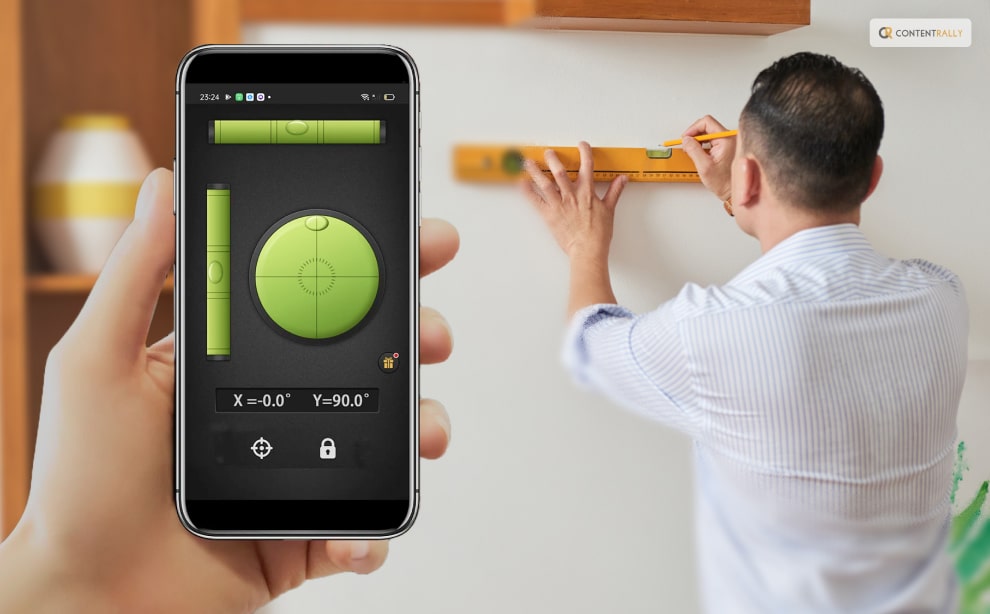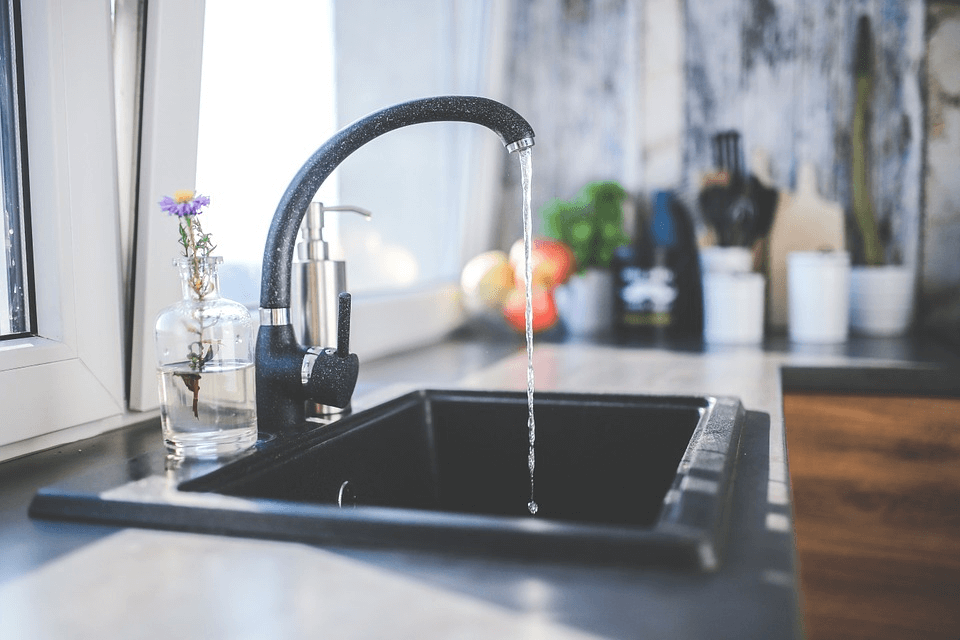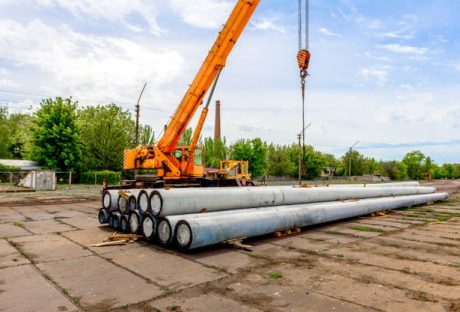It is not always possible to carry a toolbox everywhere you go, and if you need to measure something quickly, I am here to help you. These days with the help of modern technology, there are a lot of tools available which help in performing such tasks.
In this article, I will be talking about some of the best applications which also function as measuring tools and will be of much use to you.
Keep reading till the end to find out more information about Google bubble level and other similar applications!
What Is A Bubble Level?

A Bubble Level or a Spirit Level is an instrument that is designed to indicate whether a surface is vertical or horizontal or even vertical. There are different types of spirit levels that may be used by stonemasons, bricklayers, carpenters, millwrights, and also during some video graphics or photographic work.
How To Use Google Bubble Level?

Google has many widgets known to appear on the “search results” page, like a measuring tool, Google search games, and even a metronome. As it turns out, a Google Widget is the easiest option for a bubble level. There is iphone level pre-installed on Apple devices – I would only be talking about accessing spirit level on Android.
For accessing a bubble level or spiritual level, on Android devices, one simply needs to install the Google app on the phone and then search for “bubble level.” A user searching for this tool can also try speaking into the mic after opening Google Assistant as well. Or a user might also just type in google bubble level and the search results would show up.
Using of this tool would be like using an actual tool. Just align the phone against a plain surface vertically or even horizontally to see how the level actually is. To get help in measuring, one must see how many degrees are off from zero. One must also watch the plus icon to ensure everything stays flat.
Tips: You do not need to install Level for iphone, as they already come pre-installed on Apple devices.
Other Useful Tools

Here is a list of some of the other tools that can be used to utilize your phone as a toolbox:
Measure
Utilizing of AR (augmented reality) to provide measurements of everyday normal objects is a very useful way of creating a digital tape measure, which is exactly what Google’s Measure application does. It is one of Google’s great applications.
With this application’s help, one can measure the length, distance, and height using their camera. This application is very simple to use, unlike other related apps. It is also a very user-friendly app as well.
To get started with it, one would first need to scan the area with the application to detect the vertical or horizontal plane. Then one would need to select the measurement mode they want to use on their screen. One can even adjust the lines to the desired points, and the application would estimate the object’s size.
Smart Ruler
This is a very simple tool as well. The Smart Ruler is known to act as a ruler meant for taking only small measurements. A user needs to put any object of their choice for measuring on the screen of the Android device, then touch the corner for detecting the length and width.
You are also bound to find a variety of applications available, but Smart Ruler is different because it has a very easy interface.
Sound Meter
This application is known to measure the decibel values of the surrounding environmental noise. To help with guidance, the Sound Meter also provides various examples of similar noise levels for differentiation.
For instance, the thirty-decibel range of sound is very similar to the volume of a whisper, while on the other hand, seventy two decibels is closer to very loud music.
Laser Level
Laser Level is a leveling application that is a handy tool just like google bubble level that features an incredibly useful bubble level/spirit mode. This basically means that with the application, it is possible to measure angles and determine whether or not a surface is “level” in various ways. Even better, it includes a built-in clinometer for those who want to measure angles precisely.
Metal Detector
My phone’s metal Detector level performs exactly what it says it will. Based on the magnetic field, it utilizes the smartphone’s sensors to find the presence of metals. This can really aid in finding all the metal studs in the wall or even help in searching all the possible pipes in the ground.
CalcKit: All-In-One Calculator
Even though CalcKit is not a traditional tool like a hammer, it is still an incredibly helpful tool as a conversions and calculator app for artisans and contractors. This application is well renowned for containing a large range of conversion tools that make it extremely applicable to a huge range of professions. For quick computations on the fly, even those in science-related fields could benefit from using it.
This application includes everything from mathematical equations to more complex and electronic calculations. It has lots of features and can even do fuel efficiency volume metric calculations.
Tool Box
The tool Box application by Maxcom is a very lightweight and simple collection that consists of many related tools. This application includes features such as a decibel meter, leveler, barcode reader, protractor, and magnifier.
If you want a manageable all-in-one toolbox application, then this application is the perfect choice. Its tools are pretty basic as well, but this essentially means that the app takes very less storage space on the phone.
Smart Kit 360
The Smart Kit has a very appealing look, and that gives it a very sleek and modern look. It also has one of the most extensive collections of different tools amidst all of the other toolbox apps that are available for Android.
It is also known to include tool replacements, such as a compass and a leveler. And It is also known to have a few modern tools, such as phone management and storage tools and a heart rate monitor. There are also a fair share of tools that one doesn’t get to see often in other similar apps available out there.
To Wrap It Up!
Of course, the bubble level google app cannot replace an actual tool. If you just want to check the alignment of your things at home for fun, you can surely try out the Google bubble level tool for measurement.
Thank you for reading up till here. I hope you found the information useful. Let me know in the comments your thoughts on the same.
More Resource:






















